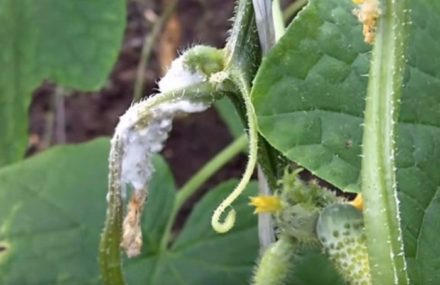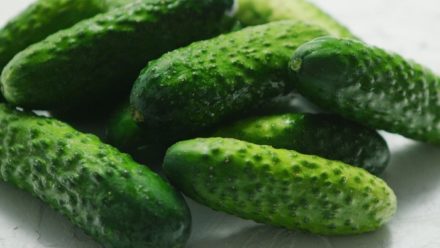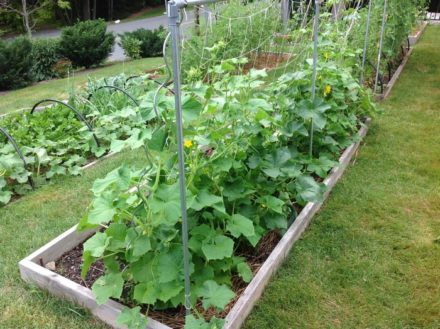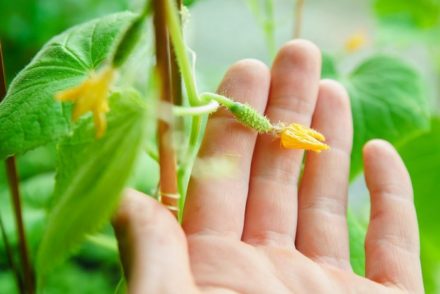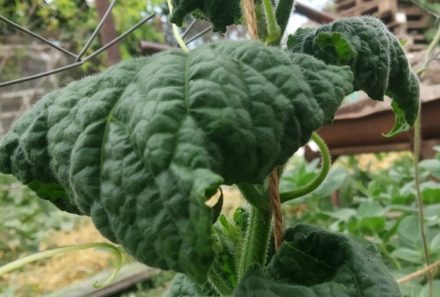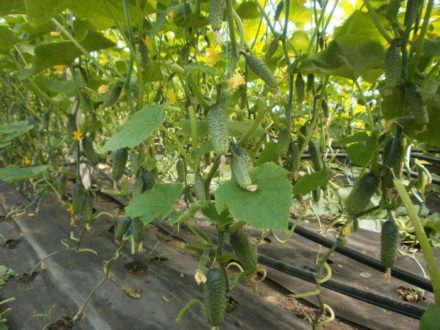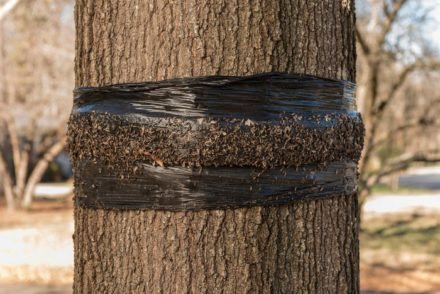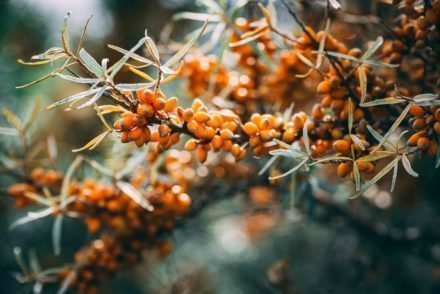You can often notice yellow dots on the leaves of cucumbers, which gradually increase in size. Over time, the leaf completely turns yellow and falls off. The reason for this may be insect pests - thrips. Their size is very small, so it is very difficult to see them. You can also see places affected by the pest on flowers. If no measures are taken, the crop may be completely destroyed. There are a number of methods for controlling insects.
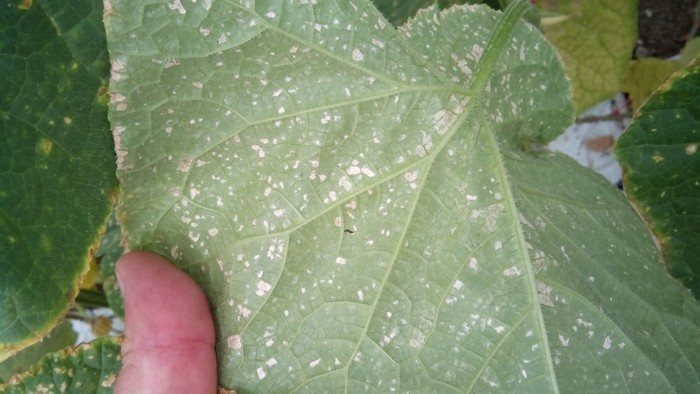
Use of chemicals
Thrips have wings, so they are able to fly from one cucumber bush to another. The use of chemicals is considered the most effective way to control the pest. It is important to know that the use of the same chemicals leads to adaptation of the insect, and the effectiveness of the drug disappears. Also, chemicals do not affect laid eggs.
When choosing chemicals, you must pay attention to the composition, and not to the name of the poison. Different names may contain the same composition, and the desired effect from using pesticides will not occur. Frequently used and effective drugs are Vertimek, Karbofos, Fitoverm, Karate and others.
Preparations containing biologically active substances
Such means of control are very effective, they include microorganisms and bacteria that cause the death of pests. These products can be attributed not only to insecticides, but also to fertilizers that promote crop growth. One of the main components of the substance was the mycelium of the fungus. Getting into the soil, it begins to affect many parasites, thrips are no exception. It is not dangerous for birds and humans, effective for 4 years.
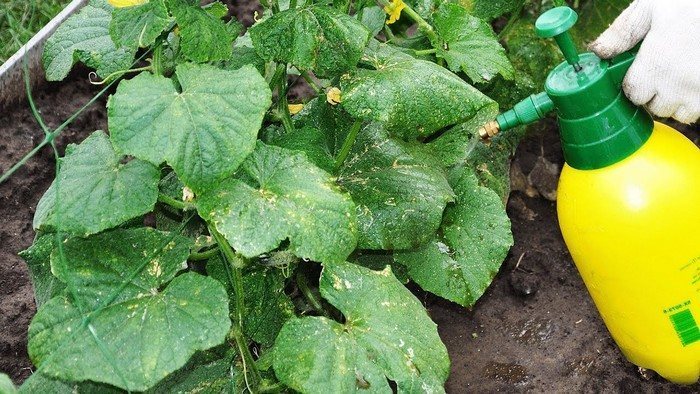
Folk remedies
This method of control does not bring much effect, but is safer. It is used mainly by gardeners, supporters of environmentally friendly farming. This method does not destroy dangerous insects, but rather repels them. It is necessary to process the crop using folk remedies much more often.
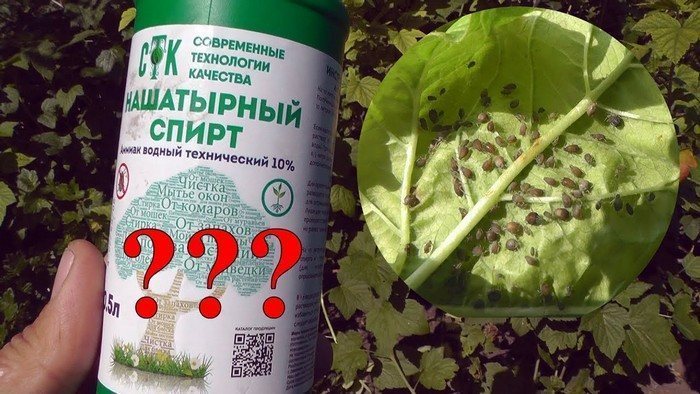
Tar soap
A solution with tar soap is used throughout the growing season, with breaks of one week. ½ a bar of soap, grated or finely chopped, is dissolved in one and a half liters of warm, but not boiling water. Then 400 grams of solution is taken per liter of water, and the lower part of the foliage is sprayed with it.
Ammonia
A solution using ammonia is used once every two weeks. Spraying should be abundant - so that the cucumber leaves are well moistened. The solution is made as follows: 50 ml of ammonia and 150 grams of laundry soap, previously grated, are dissolved in a 10-liter bucket of water. For the best result, the treatment should be carried out in calm, windless weather.
Other folk remedies
Very often, gardeners use tobacco dust, which is sprinkled not only on affected leaves, but also on healthy ones.
Infusions of garlic, celandine, dandelions and other strong-smelling plants also bring results. To do this, pour one part of the plant with two parts of water and let it brew for two days. Then the solution is filtered and used for its intended purpose.
Pheromone traps
This method of control is more often used in greenhouses. The pheromone aroma of the adhesive tape attracts thrips, after which they simply cannot free themselves and die.
Proper agrotechnical care
Weeds that are removed and burned in a timely manner are also an effective method in the fight against thrips. By autumn, pests accumulate at the base of the plant, and with the onset of frost they hide in the ground. Burnt weeds and dug up soil are an excellent preventative measure in the fight against the pest.
Daily careful inspection of plants, preventive measures and proper agrotechnical care will allow you to notice the affected plant in time, get rid of insects and preserve the harvest.


